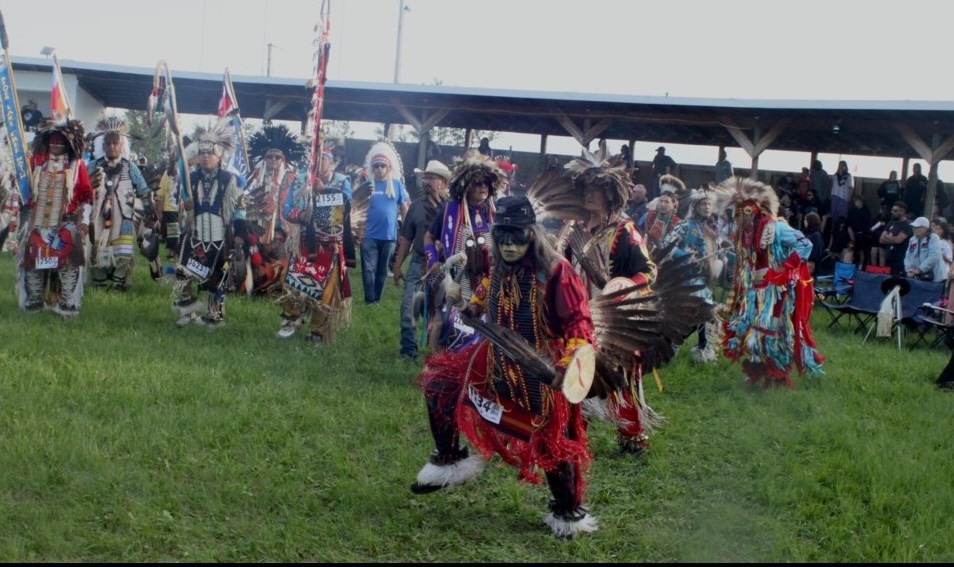LAC LA BICHE – From August 1-3, the annual Beaver Lake Competition Pow Wow will be taking place alongside the 2025 edition of Lac La Biche Pow Wow Days.
According to Carol Lewis, a member of the Beaver Lake Cree Nation Pow Wow committee, the three-day celebration of Indigenous culture and dance will be held at the pow wow grounds in the First Nations community, which is located about 18 km from the hamlet of Lac La Biche.
The Beaver Lake Competition Pow Wow, which annually brings together hundreds of spectators and dancers from near and far, will start at 7 p.m. on the evening of Aug. 1 with the traditional grand entry comprised of the Beaver Lake chief and council, elders, representatives of Lac La Biche and the local RCMP, along with dancers dressed in colourful traditional regalia.
The dancers who participate in the pow wow will be doing so in different age categories ranging from golden age, adults, teens, juniors as well as the tiny tot division.
For men and boys, she said, there are four categories of dance: men’s traditional, men’s grass, men’s chicken, and men’s fancy dance.
The traditional and grass dances, according to Lewis, have historical and cultural significance.
“For the men, the traditional dancers were typically at one time, they were the warrior. The grass dancers were the traditional ones…they represented the long grass,” Lewis told Lakeland This Week, explaining that historically, the grass dancers were the first to enter pow wows and would lay down in the tall grass to make way for the rest of the dancers. “They bless the ground. They’re kind of sacred dancers.”
For women and girls, Lewis continued, the categories are a bit different, and include women’s traditional, women’s jingle and the fancy dance with a shawl. The fancy dances, she said, are typically done with performers wearing a shawl.
“Although there are some that dance without shawls,” she stated.
The women’s jingle, Lewis said, was started by a woman named Maggie White, whose inspiration for this dance came after having a vision.
“In that vision, she was wearing this dress, and it was different from everyone else’s…and she was taught how to dance in this vision…and it was a healing dance,” Lewis said, adding that one of White’s family members was ill. “She danced this dance for them, and they got better.”
Winning, Lewis said, is done through a points system. Each dancer, she explained, registers, and is given a number after.
“There’s points given for every grand entry that they attend fully dressed,” she said, going on to explain that the dancers are assessed by a panel of five judges, who decide the winners for each category. “The judges pick who they believe to be first, second, and third.”
When asked about the history of the pow wow in Indigenous culture, Lewis said there are different versions, with one of the most well-known originating with the Sioux peoples in the United States, with the first male dancers being part of a warrior society.
While women weren’t initially involved with the dancing in pow wows, according to Lewis, this eventually changed. When the men returned home from war, she explained, the women waited at the edge of the village dancing with drums to welcome them back.
Having the competition pow wow each year in conjunction with Lac La Biche Pow Wow Days, Lewis said, is important as Lac La Biche was established long before European colonization. The area, she added, was a major trade route among Indigenous peoples.
“I believe it’s important to include native people in the summer celebration days, because native people are such a huge part of the history of the area,” she said.



